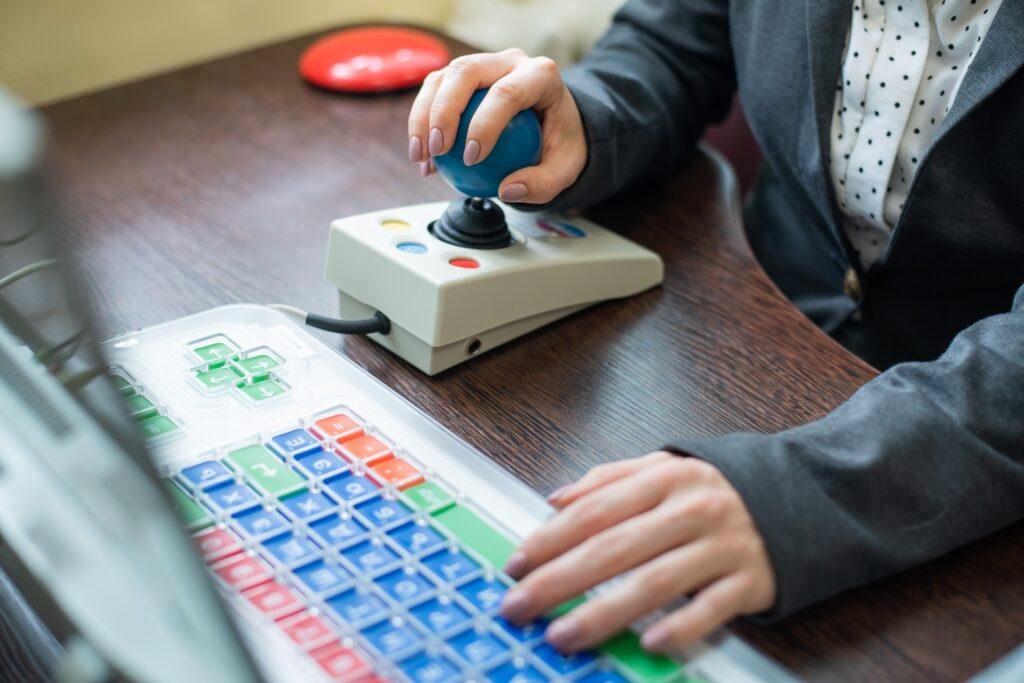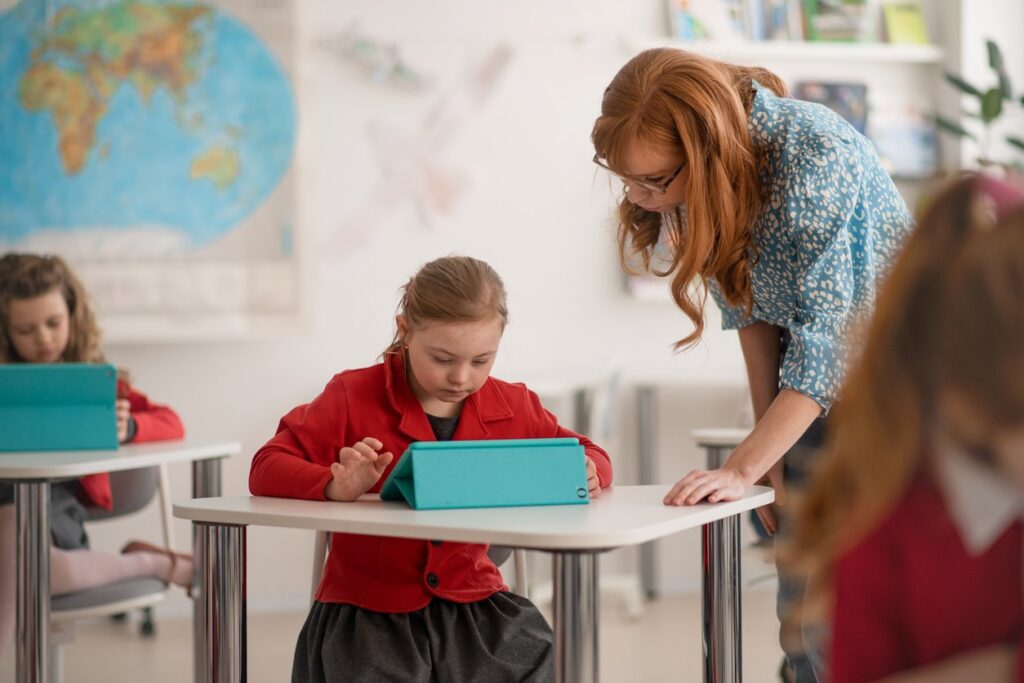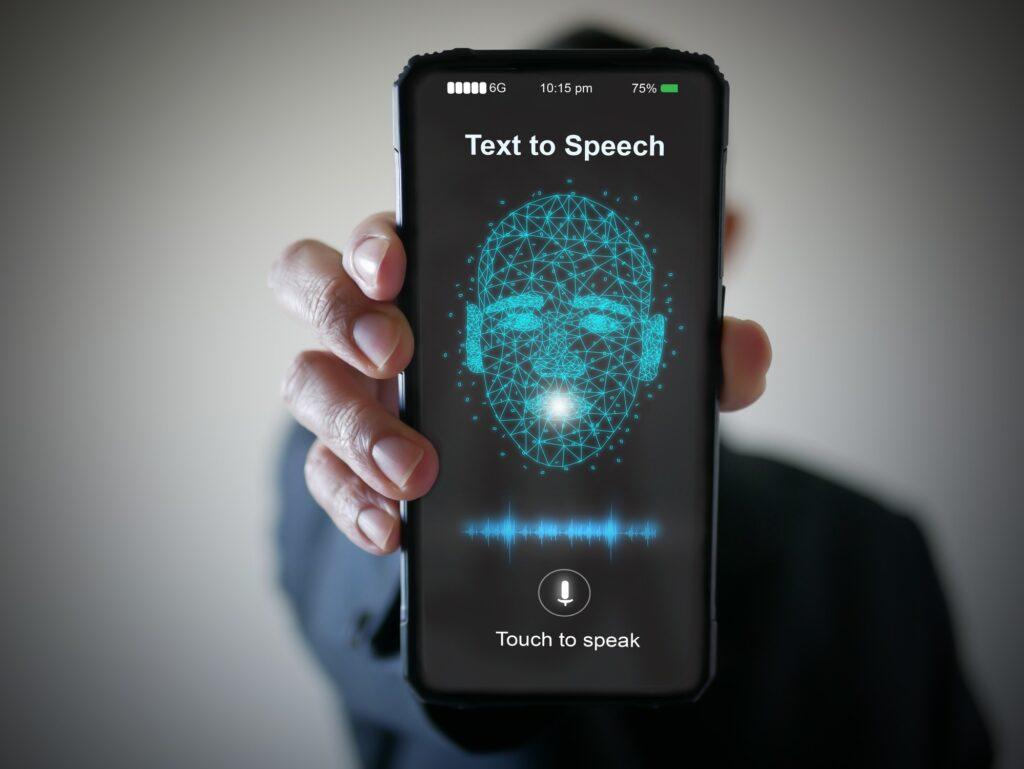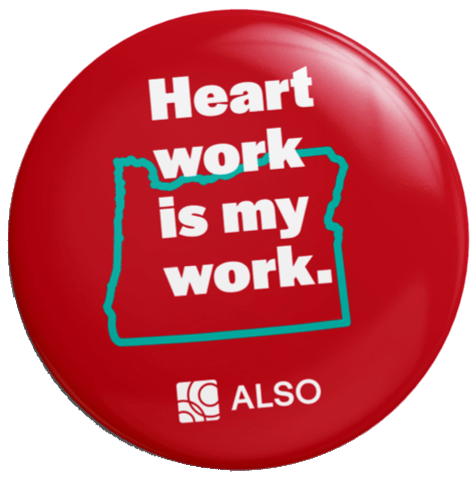Explore the ALSO Children’s Homes Wishlist and help fill the season with joy for the children supported by ALSO.
Explore the ALSO Children’s Homes Wishlist and help fill the season with joy for the children supported by ALSO.

There’s little debate when it comes to the importance of getting a good education. The quality of a child’s school years has a direct impact on health and well-being, physical, cognitive, and social development, and future abilities to earn a living. These same facts ring true for students living with intellectual disabilities (ID).
According to the American Association of Intellectual and Developmental Disabilities (AAID), Intellectual Disability is “characterized by significant limitations in both intellectual functioning and adaptive behavior that originate before the age of 22.” These students face several barriers in traditional educational settings, including segregation from school-aged peers, and limited resources that maximize learning. A major barrier is the mistaken idea that those with ID can’t learn.
Enter the transformative tools of assistive technology (AT).
When used correctly, AT overcomes numerous educational challenges faced by learners with ID, such as communication, literacy, cognition, attention, and social interaction.
In this blog post, the team at ALSO provides detailed information on the many types of assistive technology available to students with ID. We’ll describe how innovations in AT can contribute to a student’s academic success, preparing them to thrive in their jobs, homes, and communities.
Assistive technology can be defined as tools and resources that support the learning process. Proper use of assistive technology devices helps students manage their specific learning disabilities, along with capitalizing on their abilities. This results in improved academic performance as well as increased social inclusion.
Appropriate assistive technology plays a crucial role in supporting inclusive education. It engages students with ID and allows them to learn along with their peers without disabilities. It’s not meant to replace traditional teaching strategies, but instead enhances learning opportunities.
LEARNING MORE: A Teacher’s View of Assistive Technology.
We often think of AT as very complex and high-tech electronic devices (which often means high-cost). While this can be true in some cases, there are many types of devices that are low-tech but helpful in today’s classrooms.

LEARN MORE: Guiding Principles in Graphic Organizers.
Why is assistive technology important? The true beauty of AT is that it helps to break down barriers that students with disabilities have in expressing themselves; and in demonstrating their knowledge, effort, and creativity. This benefits both kids with and without disabilities in that it better prepares all of them to live in a world that’s more diverse, innovative, and compassionate towards the needs of others.

If communication doesn’t occur for all students in a classroom, then little to no learning can take place. Audiobooks, communication cards, software programs may all be considered Augmentative and Alternative Communication (AAC) tools. These and other assistive devices help students understand their teachers, homework, and fellow students.
Similarly, text-to-speech software programs and communication devices that operate through eye movements can help students with speech impairments do things that most students take for granted, such as,
LEARN MORE: Assistive Technology in Action – Meet Elle [and her Dynavox].
Even if students don’t end up becoming mathematicians or accountants, there are undoubtedly math challenges that they will have to tackle in daily life. Just a few examples are household budgeting, making change, or even preparing meals. Math-related software programs that perform tasks such as translating mathematical symbols to words, or checking math problems can provide excellent support in helping students to improve their numeracy skills.
According to qualitative research, engagement in academic settings has been defined as the ability to attend to learning tasks. Assistive technology plays a pivotal role in helping students with ID participate more actively in school-related activities so that they can achieve various academic goals and milestones.
Specialized software adapts educational materials to accommodate the learning needs of kids with different cognitive levels. Innovations in AT have led to tools that are more interactive and respond to individualized needs.
LEARN MORE: These Digital Tools Transform Learning Disabilities into Learning Opportunities.
For any school-aged child, independence is an absolute requirement for getting through the school day. No child wants to be thought of by their teachers or peers as needing to be taken care of. Any feelings of inadequacy or ‘helplessness’, particularly with students living with disabilities, can be a major detriment to self-esteem and self-worth.
Numerous types of low-tech and high-tech AT are available that foster independence and self-confidence. Check out these examples shared by experienced classroom teachers.
Careful implementation of these strategies instills a sense of autonomy that helps students effectively (and proudly) navigate the tasks of the school day. In the long-term, it’s also easier on teachers!
Assistive technology services have, by their very existence, opened the door to an increase in mainstreaming students with disabilities so that they can learn along with their peers in traditional classrooms. This progress creates opportunities for collaboration and cooperation with students of various ability levels.
Kids learn together, laugh together, help each other, and enjoy each other. They discover quickly that they are more similar than different from one another.
“Children who learn together, learn to live together” (Author Unknown)
Even though assistive technology for people with intellectual disabilities has changed many lives for the better, there remain challenges and considerations for the future.

The high cost of some types of AT can be difficult for school districts and families. Insurance companies may be reluctant to pay for several types of AT. We advise that the need for the device or service is well-documented in the student’s Individualized Education Plan (IEP). Academic progress and re-assessments should be discussed (and documented) with the IEP team periodically.
LEARN MORE: The Individuals with Disabilities Education Act (IDEA) and the IEP Process.
Many types of assistive technology require intervention by a speech, physical, or occupational therapist to ensure maximum benefit for the student and their learning needs. Ongoing training, technical assistance, and related services should be provided to teachers and caregivers as needed. School administrators (not only teachers) should somehow be involved in the training process so that they can be aware of any product system requirements.
A guiding principle of universal design (UD) is that all technologies should be usable by as many individuals as possible, regardless of ability level. This would accommodate students with diverse needs and preferences, not only kids with disabilities. UD would also help students mainstream into traditional classrooms more easily.
LEARN MORE: The National Center on Accessible Educational Materials.
Just as you and I are different from the person next to us, the same holds true for individuals with intellectual disabilities. All will have different strengths, capabilities, and challenges. One learner who needs help with communication may thrive on the use of digital text during literacy lessons. Another student who has visual impairments on top of communication difficulties may benefit from text-to-speech software. Sometimes, it takes a lot of exploration and experimentation to find just the right tool for the student. This is where a high-quality team of professionals can make a major difference in academic success.
LEARN MORE: 9 Benefits of Person-Centered Support Services.
Our world today is up against a series of real struggles. One of these is the mistaken idea that unless people can achieve the ‘norm’ in their abilities, (whatever that is), they are useless and not worth caring for. We know for sure that accommodating diversity makes societies more resilient, adaptable, and vibrant.
We encourage everyone who is able: persons with disabilities, loved ones, human services professionals, to advocate for policies that provide resources towards educating all individuals with disabilities. It is cost-effective, contributes to inclusive societies, and helps all children learn more effectively.
At ALSO, we know that assistive technology devices and services can be key to successful academic performance and thus equal opportunity as students advance into adulthood and the world of competitive employment.
Each ALSO staff member continues to be committed to full community inclusion for people with intellectual and developmental disabilities. This means working with the people we support to reach their full potential in the least restrictive environment, whether this be at school, at home, or in the workplace.

Sign up for our newsletter to get our latest news, content, and job opportunities.
Help us ensure that everyone has the same opportunities in their home, workplace and community. Let’s make dreams!
